The 2015 introduction of the Dodge Hellcat engine was the automotive
equivalent of a show of nuclear force in a modern muscle car war in full swing.
With the Challenger coupe and Charger saloon as the first recipients of this
supercharged 6.2-liter V8 engine, the
Dodge Challenger SRT Hellcat came to
outmuscle its then primary muscle car competitors, the Ford Mustang and
Chevrolet Camaro. An un-fettled stock factory engine developing 717HP and
881Nm, the 16-valve Hellcat, however, even outgunned many far more expensive
and sophisticated exotics, with a brutally effective recipe of bludgeoning
large displacement and big supercharger.
اضافة اعلان
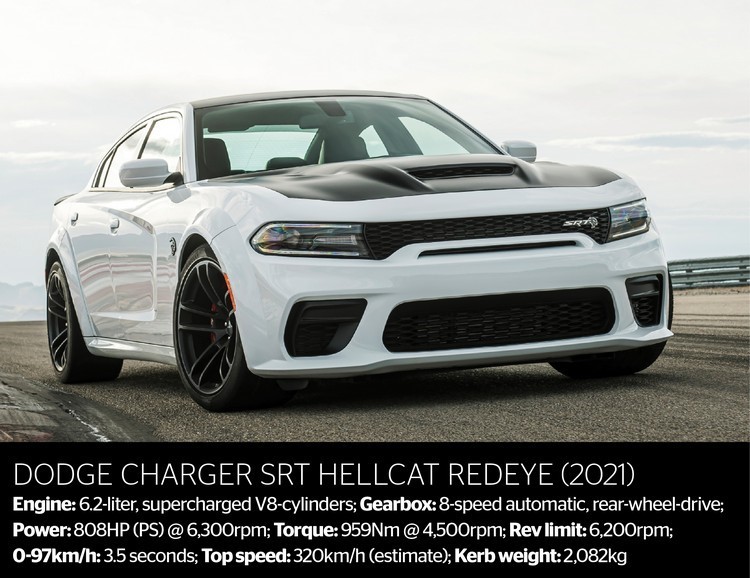
Out-powering
even Dodge’s own sublime Viper supercar and its hulking naturally-aspirated
8.4-liter V10 engine, the more powerful, practical, and attainable Challenger
SRT Hellcat may have even helped accelerate the former’s early demise. The
Charger SRT Hellcat meanwhile became the world’s most powerful four-door,
beating out heavy-hitting
Australian-built Chevrolet Lumina CSV and Ford Falcon FPV performance saloons,
and even premium brand
Mercedes-Benz’ mighty AMG saloons. With the Hellcat as
the world’s then most powerful regular production sedan, only the rare, pricey,
and limited tuner-developed Brabus 800E V12 was more powerful.
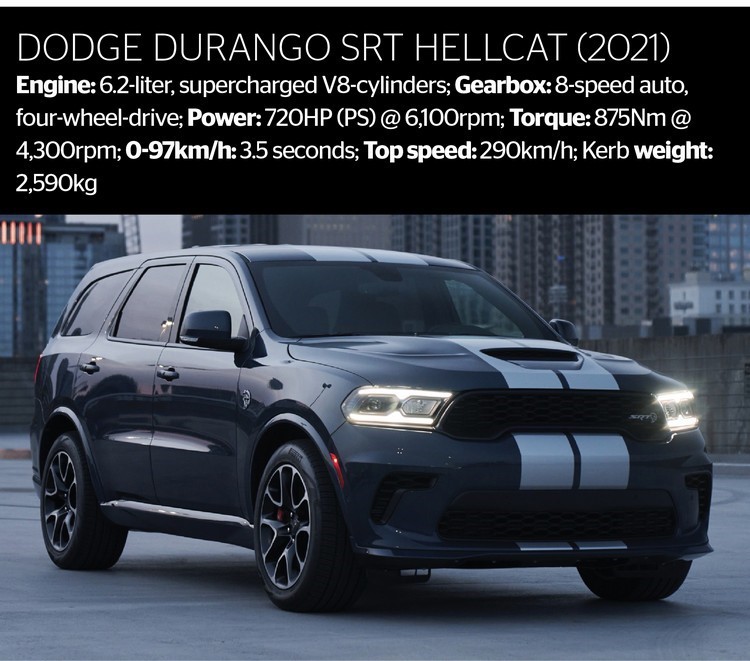 Track demon
Track demon
Driven back-to-back with the criminally underrated Viper at
Abu Dhabi’s
Yas Marina track, the larger, heavier, and more powerful 2015 Charger SRT
Hellcat was not as nimble, precise or linearly progressive in delivery and
handling traits. However, it is a gloriously indefatigable brute, with instant
response and nigh endless power and torque reserves. With deep, urgent bellows
underlaid by an intense, high-pitched supercharger whine at high revs, the
Hellcat is a hugely effective sledgehammer, but does not suffer fools easily. It
instead demands respect and measured inputs, given how easy it is to un-stick
the driven rear wheels and provoke the electronic nanny system to cut power to
regain composure.

The Charger SRT
Hellcat may not have been as infamous as the short-lived Lotus Carlton was in
Europe during its 1990s reign as the world’s fastest saloon, but it was,
instead, more celebrated in the US and
Middle East. However, that is not to say
that Dodge was shy in courting possible notoriety when it came to horsepower
wars, dramatic designs, and devilish designations. Escalating matters somewhat,
Dodge’s next Hellcat-based effort was the Challenger SRT Demon. A near drag
race-ready, road-going brute, the Demon developed 852HP and 1,045Nm torque, and
even leveraged its air conditioning system in pursuit of power and performance.
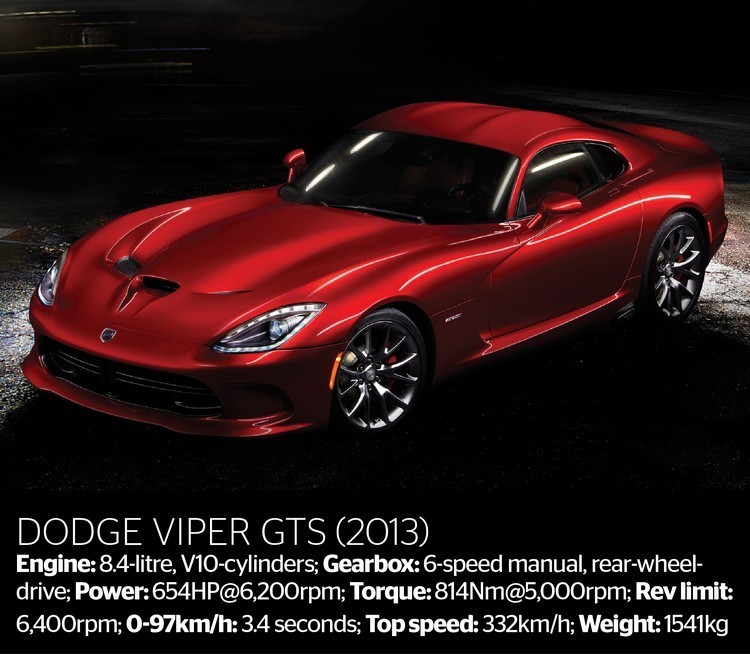 Supercharged
stampede
Supercharged
stampede
Outdoing the tuners at their own game, Dodge’s next gambit was the 2018
Hellephant engine. A portmanteau of Hellcat and Elephant, in a callback to
parent brand Chrysler’s 1964 “Elephant” engine of similarly enormous 7-liter
displacement, it featured increased stroke, improved supercharger,
custom-forged pistons, higher rev limit, high-lift camshaft, and other
enhancements. Tipping the metaphorical “scale” with 1,014HP and 1,288Nm, the Hellephant
is sold only as a crate engine which, with available accessories, is a turn-key
unit ready to make any madcap project a reality. That said, Dodge did install
the Hellephant is in a one-off car for its SEMA custom show debut.
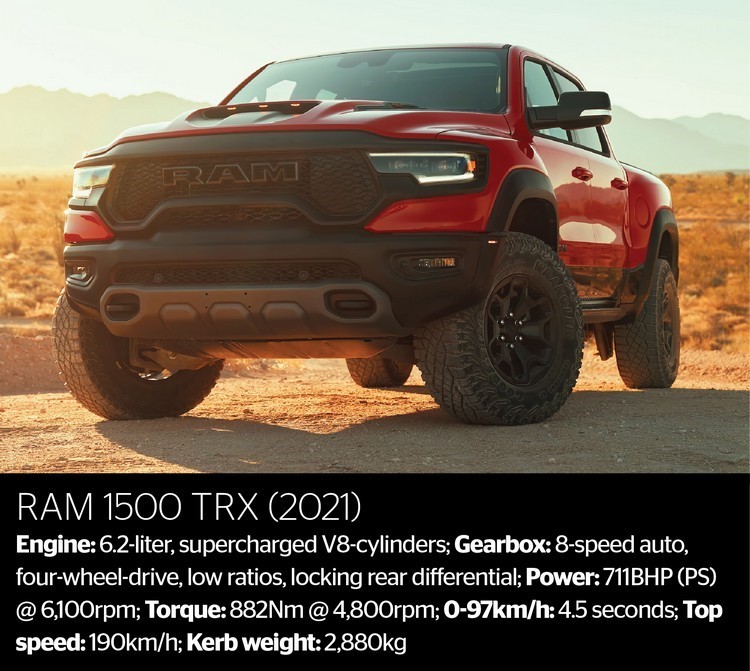
The showcase
recipient in question was the 1968 Dodge “Super Charger” Concept of 2018. A
noticeably lower-riding in-house, retro-modified account of the menacingly
archetypal 1960s Charger villain’s car, the Super Charger is an object of
sinisterly evocative beauty with its dark, deep-set, full-length grille,
lasciviously long bonnet, big intake scoop, low roofline, uncluttered
surfacing, broad haunches, and long, slender boot. It also features voluptuous
wide-body style fiberglass wheel-arches for a road-hugging demeanor, modern
mirrors, larger 20-inch front and 21-inch rear alloy wheels and
Alfa Romeo-sourced quad tailpipes sprouting from its taillight housings. Driving the
rear wheels through a 6-speed manual gearbox, it also features powerful
6-piston Brembo brakes.
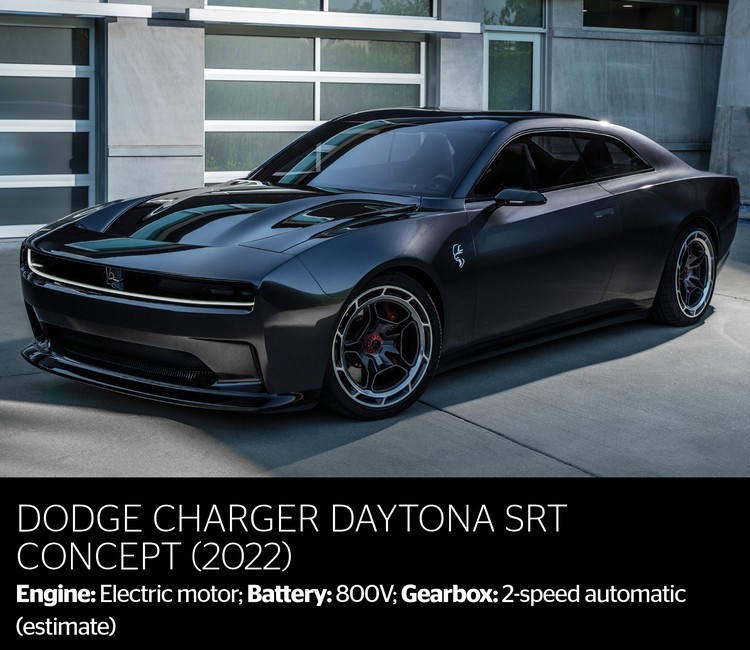 Hellraiser knocking on heaven’s door
Hellraiser knocking on heaven’s door
With the Hellcat slated for a late-2023 retirement, the most powerful
derivative is almost certain to remain the staggering Hellephant. Nevertheless,
Dodge has kept busy producing numerous Hellcat-powered Challenger and Charger
variants and “Last Call” editions, even as they have offered a glimpse into the
future in the form of the electric-powered Charger Daytona SRT Concept. A moody
and not unattractive take on Charger design DNA, the powerful Daytona EV
coupe’s elongated proportions and synthesized “engine” soundtrack, however,
only make current variants like the 2021 Charger SRT Hellcat Redeye more
attractive, with its wide-body aesthetic and upgraded 808HP and 959Nm engine.

Already adopted by
sister brand Jeep for the Grand Cherokee Trackhawk in 2018, the Hellcat swan
song has expanded to Dodge’s own derivative SUV as the 2021 Durango SRT
Hellcat. During test drive in Austria, the Trackhawk’s four-wheel-drive put
such gargantuan output down to the road to better effect for acceleration, and
more crucially, provided a more fluent driving experience, with less electronic
safety intervention when powering out of corners. Expected to perform similarly
in the Durango, the Hellcat has, however, also extended to the group’s truck branch,
for the monstrous Baja-style 2021 Ram 1500 TRX high performance pick-up.
Read more Drive
Jordan News



